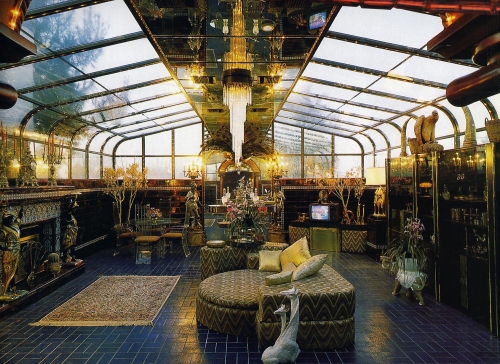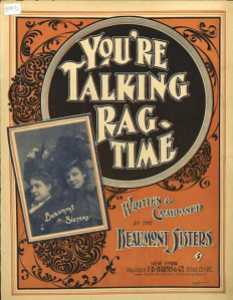
On 31 March 31 1990, in the early days of the newly restored democracy in Chile, the Cuban cantautor Silvio Rodríguez staged a concert in Santiago de Chile’s Estadio Nacional for an audience of 80,000 people. Accompanying him were the fourteen-piece band Irakere, led by the Cuban jazz pianist Chucho Valdés, and the formerly exiled Chilean singer Isabel Parra and her group.
While it is entirely possible to see the concert as an event whose event-ness is created post facto, it is also useful to posit the concert as part of a construction of a larger process, that of opposition to the event of authoritarianism.
Two songs performed there, Víctor Jara’s Te recuerdo Amanda and Rodríguez’s Unicornio, involve evocations of death and disappearance. Death, as evoked in the Jara song, at least bears the comfort of a tangible end image; disappearance, as Unicornio bears witness, denies closure.
The afterlife of these recorded concert performances and the subjects of cover versions and tributes all contribute to the counter-event suggested by the Rodríguez concert.
This according to “Reconstructing the event: Spectres of terror in Chilean performance” by Richard Elliott (British postgraduate musicology VIII [June 2006]). Below, Rodríguez’s performance of Unicornio at the historic concert; click here for Jara’s performance of Te recuerdo Amanda.










